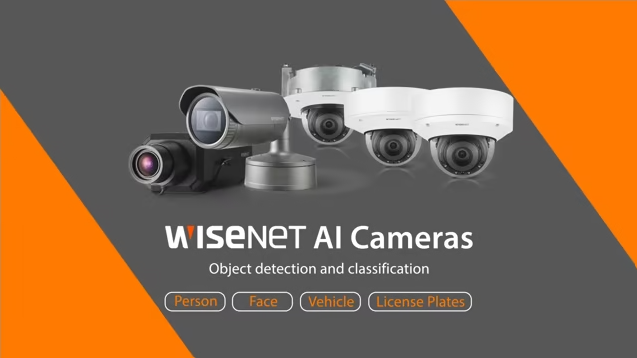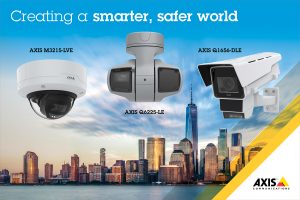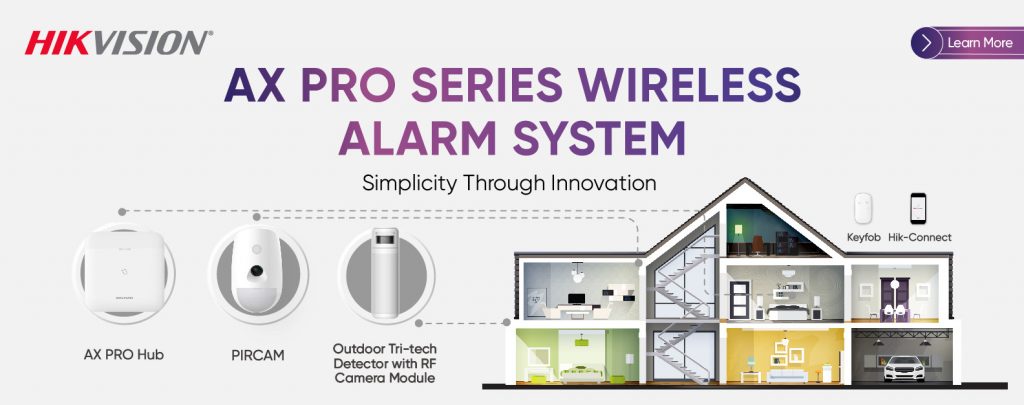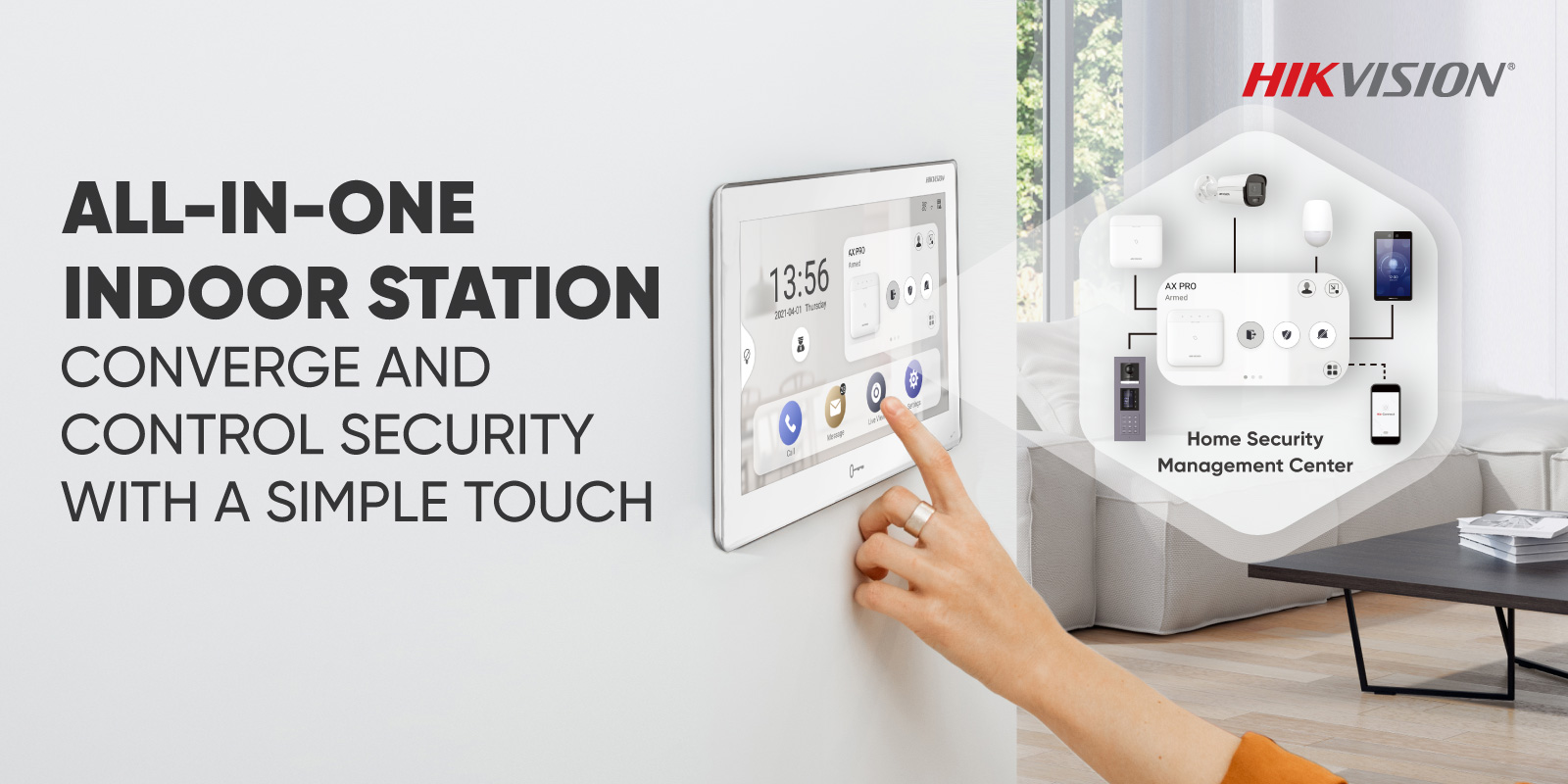No products in the cart.
CCTV in Nursing Homes: What Are the Legal and Ethical Considerations in Australia? Leave a comment
NOT LEGAL ADVICE.
As aged care providers across Australia seek ways to improve safety, deter misconduct, and reassure families, the use of CCTV in nursing homes is growing rapidly. However, this technology comes with a critical responsibility — to respect the legal framework and uphold the dignity and rights of elderly residents.
This article explores the key legal and ethical considerations when implementing CCTV in aged care facilities in Australia.
1. Understanding the Legal Framework
Australia doesn’t have a single national CCTV law. Instead, operators must comply with a mix of federal privacy laws, state surveillance legislation, and aged care quality standards.
Key laws include:
-
Privacy Act 1988 (Cth): Governs collection and handling of personal information, including video footage.
-
Australian Privacy Principles (APPs): Require transparency, security, and consent when collecting identifiable information.
-
State-based Surveillance Devices Acts: Laws differ between states (e.g., NSW, VIC, QLD) on audio and visual surveillance and consent requirements.
2. Consent Requirements: Residents, Staff and Visitors
One of the most important considerations is whether consent is required — and from whom.
✅ In most states:
-
Visual-only CCTV in communal areas (e.g. dining rooms, hallways) typically does not require individual consent, but signage and policy notice are required.
❗ In sensitive areas or where audio is recorded:
-
Consent is required from all parties involved — including residents, staff, and visitors.
✅ In private rooms:
-
Installing cameras in bedrooms or bathrooms requires explicit, informed consent from the resident or their legal representative. This must be:
-
Documented
-
Freely given
-
Revocable at any time
-
Where residents lack capacity (e.g., due to dementia), legal guardians must make decisions in line with best interest principles.
3. Ethical Considerations: Preserving Dignity and Respect
While CCTV helps reduce abuse, it must not come at the expense of a resident’s right to privacy and dignity.
Ethical best practices:
-
Avoid cameras in personal care areas (toilets, showers, bedrooms — unless medically or legally justified)
-
Inform all residents and families through signage, policies, and admission packs
-
Ensure staff are fully trained on their rights and obligations under surveillance
-
Avoid creating a culture of suspicion; instead, present CCTV as a support tool, not a disciplinary mechanism
4. Signage and Notification
To remain compliant and ethical, facilities must:
-
Install clear signage in all areas under surveillance
-
Notify staff, visitors, contractors, and families
-
Include CCTV details in privacy policies and admission documents
-
Provide a designated contact for questions about surveillance
Example signage text:
“This area is under CCTV surveillance for safety and security purposes. For further information, contact reception or review our CCTV Policy.”
5. Data Storage, Access and Security
Facilities must ensure that:
-
Footage is securely stored (preferably encrypted, with limited access)
-
Retention policies are clearly defined (e.g., 30–90 days unless flagged for review)
-
Access is logged and restricted to authorised personnel only
-
Families or staff can request access to footage under appropriate procedures
NVRs and cloud systems used should support:
-
Password protection
-
User access control
-
Secure remote access (e.g., via VPN or encrypted apps)
6. Can Footage Be Used as Evidence?
Yes — CCTV footage can be used:
-
In internal investigations
-
In legal disputes or court cases
-
In government inspections or audits
-
To support insurance claims
However, its admissibility depends on:
-
How the footage was captured (lawfully)
-
Whether consent was obtained (if required)
-
Proper chain-of-custody procedures
7. Aligning with Aged Care Quality Standards
CCTV use must support — not undermine — the Aged Care Quality Standards, including:
-
Standard 1: Dignity and Choice
-
Standard 8: Organisational Governance
To comply:
-
Integrate CCTV policies with your risk management framework
-
Conduct regular audits of camera usage and privacy procedures
-
Consult with residents and families before expanding CCTV coverage
Conclusion: Surveillance Must Serve the Person, Not the System
CCTV can significantly improve aged care safety and transparency, but only when implemented with clear consent, ethical boundaries, and strong data protection.
A camera system that is poorly managed or implemented without consultation can do more harm than good — leading to distrust, legal action, or even regulatory penalties.



















